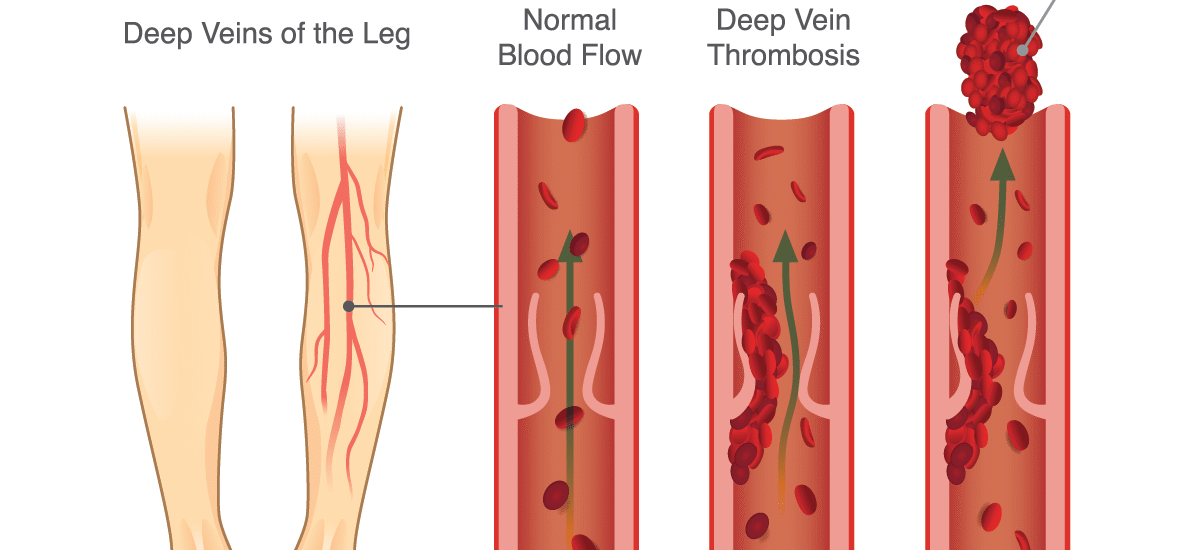Introduction
Deep Vein Thrombosis (DVT) is a serious condition where blood clots form in the deep veins, often in the legs. These clots can block blood flow and, in severe cases, break loose and travel to the lungs, causing a life-threatening pulmonary embolism. The good news is that DVT is preventable. By making smart lifestyle choices and following medical advice, you can significantly reduce your risk.
In this article, we’ll cover the Top 10 Tips for the Prevention of DVT: How to Reduce Your Risk, offering you practical strategies that are easy to follow in daily life.
1. Stay Active and Exercise Regularly
Movement is one of the most effective ways to prevent blood clots. Regular physical activity promotes good circulation and prevents blood from pooling in the veins.
- Go for daily walks or light jogs.
- Stretch your legs if you sit for long periods.
- Incorporate simple exercises like ankle circles and calf raises.
2. Maintain a Healthy Weight
Excess weight puts added pressure on your veins, increasing the risk of DVT. A balanced diet rich in fruits, vegetables, whole grains, and lean proteins can help manage weight effectively. Even a modest weight loss can significantly lower your risk.
3. Stay Hydrated
Dehydration can make your blood thicker and more prone to clotting. Aim to drink plenty of water throughout the day, especially if you are traveling, working long hours, or living in hot climates.
4. Avoid Long Periods of Immobility
Whether you are sitting at your desk or traveling on a long flight, sitting still for hours can slow blood flow and increase clot risk. Stand, stretch, and move around every 1–2 hours.
5. Wear Compression Stockings
Compression stockings are designed to improve blood circulation in your legs. They are especially beneficial for individuals at higher risk of DVT, such as those recovering from surgery, pregnant women, or people with a family history of blood clots.
6. Quit Smoking
Smoking damages blood vessels and increases clotting risk. Quitting not only lowers your chances of DVT but also improves heart and lung health.
7. Manage Medical Conditions
Certain health issues, such as diabetes, high blood pressure, and varicose veins, can increase DVT risk. Work with your healthcare provider to manage these conditions with medication, diet, and lifestyle changes.
8. Be Mindful During Travel
Long flights or car rides can raise the risk of blood clots. To prevent DVT:
- Walk the aisle or stop for breaks when traveling.
- Stretch your legs and do seated exercises.
- Stay hydrated and avoid excessive alcohol.
9. Follow Doctor’s Advice After Surgery
Surgery and hospitalization increase the risk of DVT. Doctors may prescribe medications (blood thinners) or recommend compression stockings. Follow all instructions closely to reduce complications.
10. Recognize Early Symptoms
Awareness is key. Early signs of DVT include:
- Swelling in one leg
- Warmth and redness around the affected area
- Persistent leg pain or cramping
If you notice these symptoms, seek medical attention immediately.
Conclusion
Preventing DVT doesn’t have to be complicated. By incorporating these Top 10 Tips for the Prevention of DVT: How to Reduce Your Risk into your daily life, you can safeguard your health and reduce the chances of serious complications. Staying active, eating well, managing medical conditions, and following medical guidance are your best defenses against DVT.
FAQs
1. What is the main cause of DVT?
DVT is often caused by slow blood flow in the veins due to immobility, surgery, or underlying medical conditions.
2. Can DVT be completely prevented?
While it cannot always be fully prevented, following lifestyle changes and medical advice can significantly lower the risk.
3. Who is most at risk of DVT?
People who are overweight, smokers, pregnant women, those with a family history of DVT, and individuals undergoing surgery are at higher risk.
4. How long should I wear compression stockings?
The duration depends on your doctor’s advice, but they are often recommended during recovery from surgery or when traveling long distances.
5. Can exercise help dissolve blood clots?
Exercise helps improve circulation and prevent new clots but cannot dissolve existing ones. Treatment with medication is necessary for active clots.






